
5 Whys Analysis How To Implement When To Use Benefits Presentationeze
An interrogative word is used to ask questions. Wh -questions are used to ask for information about an event or a situation. A wh-question consists of an interrogative word i.e. who, what, where, when, why followed by a verb and a noun complement. Word order is subject-verb-object. "What's the date?"
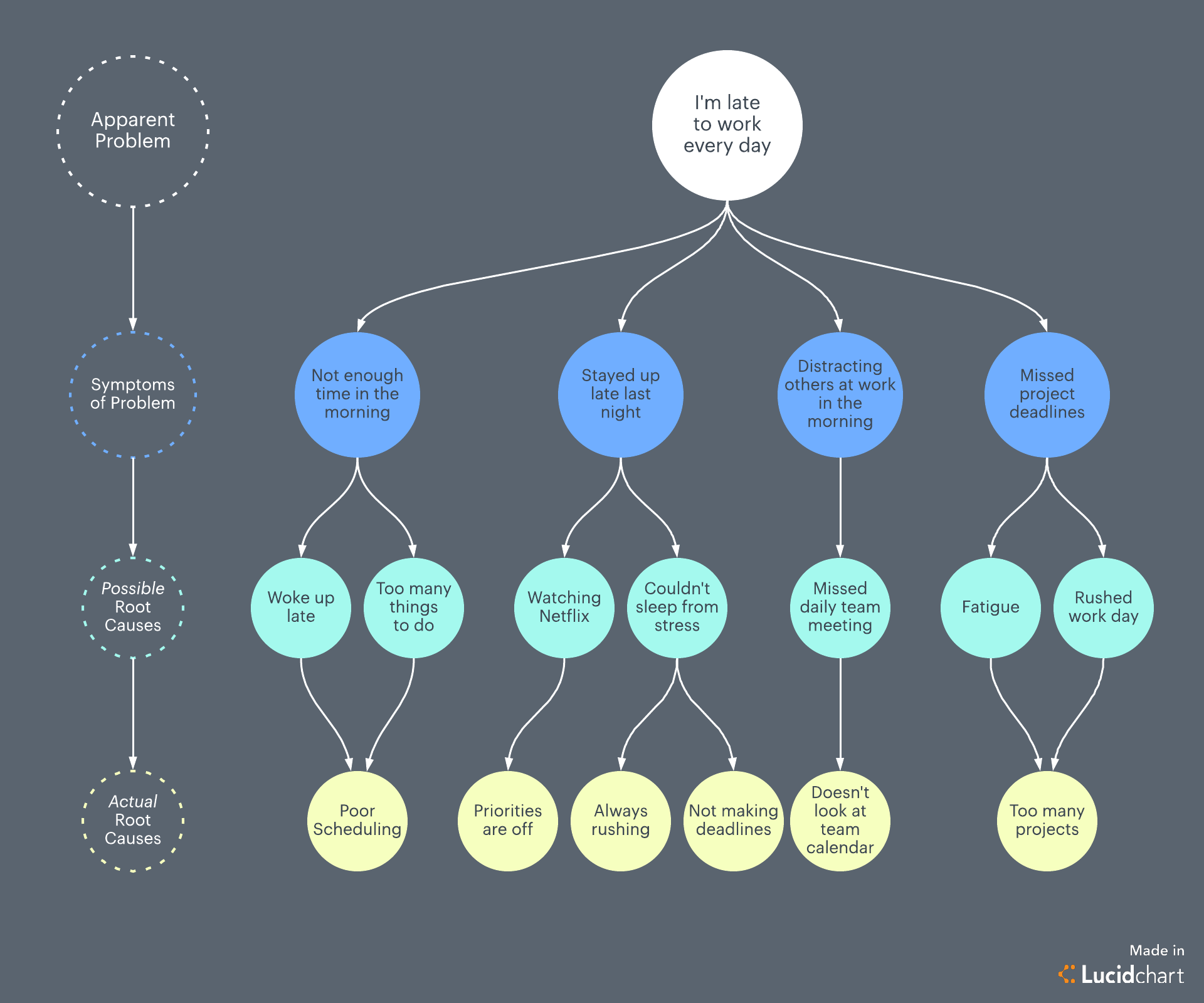
How to Conduct a 5 Whys Analysis Lucidchart Blog
Printable Who, What, When, Where, Why Charts Click the buttons to print each organizer. Circle Chart There is plenty of space to work with here. Make sure to turn your background printing on to get everything going. Flower Shape A little beauty never hurts. This has a bit of a spring theme to it for you. Linked Rounded Rectangles
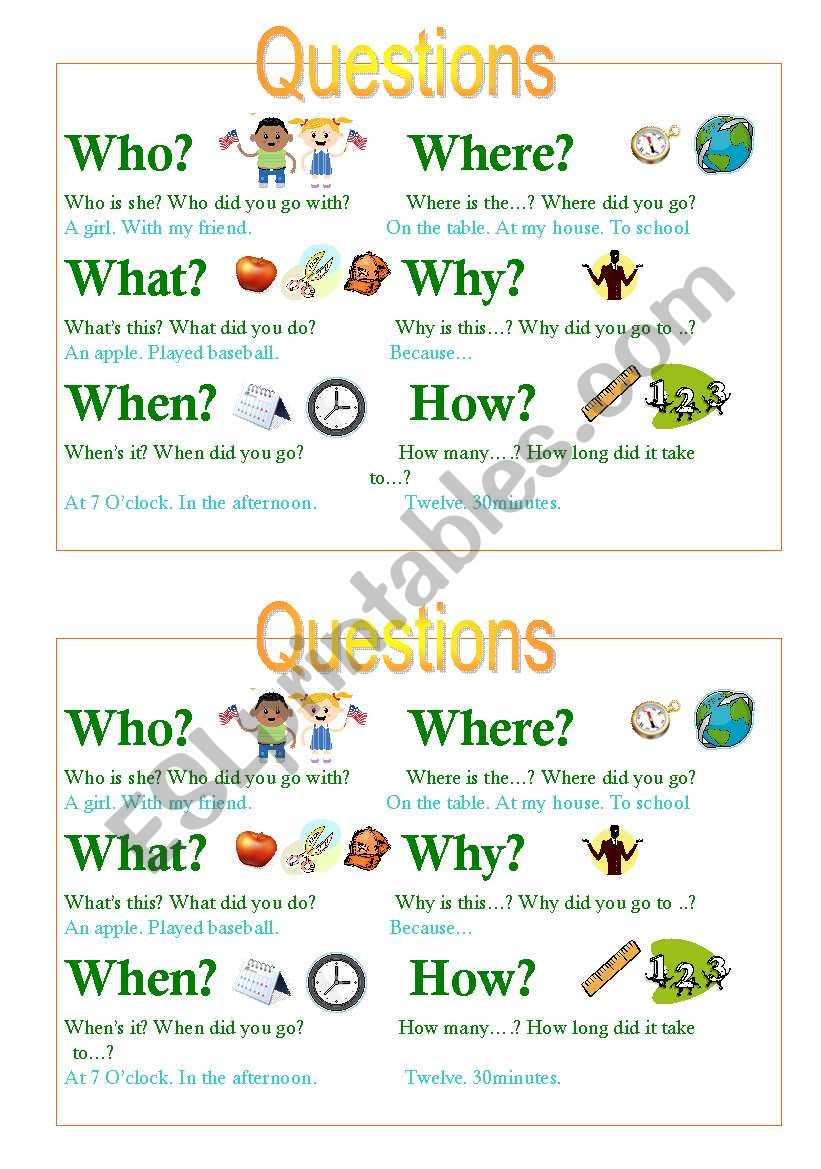
Who What When Where Why chart ESL worksheet by rebaimdug
Who, What, When, Where, Why, How Anchor Chart & Worksheet (The 5 W's) The 5 W's Anchor Chart and worksheet scaffolds the 5 W's strategy. Good Readers ask questions after reading a a book, a short story, or an article and identify "who, where, and when" first.
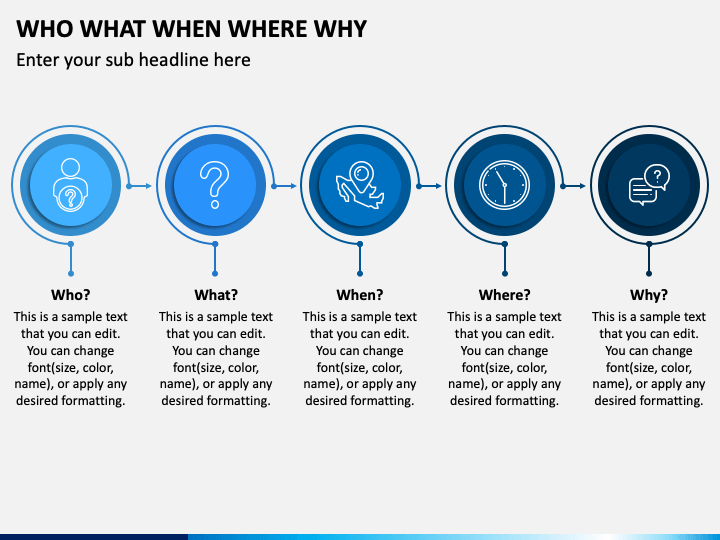
Who What When Where Why How Chart Chart With Question Words In Gambaran
Read the story closely. Search for and record answers to the 5 W's and H questions about the story. (Hint: The answers should appear near the beginning.) Share the answers with your classmates to help them understand the story. Your Turn Answer the 5 W's and H questions about the best thing you did or experienced last weekend.
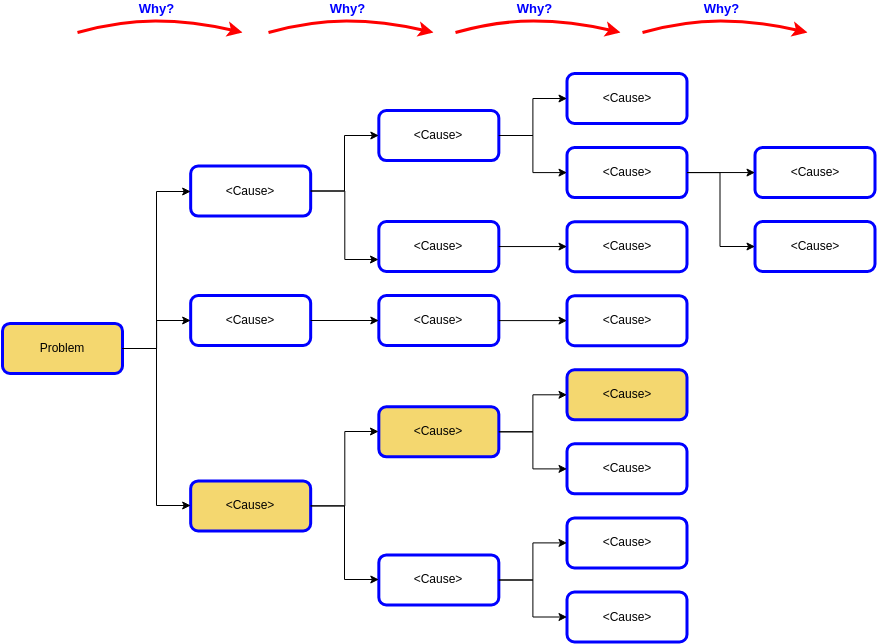
Why Why Diagram Template
5W1H is shorthand for "Who, What, When, Where, Why, and How." It is used both in problem solving and in project planning. This set of questions is sometimes referred to as the Kipling Method or the "6 Serving Men of Creativity", due to a poem that appeared in Rudyard Kipling's 1902 "Just So Stories." I keep six honest serving-men
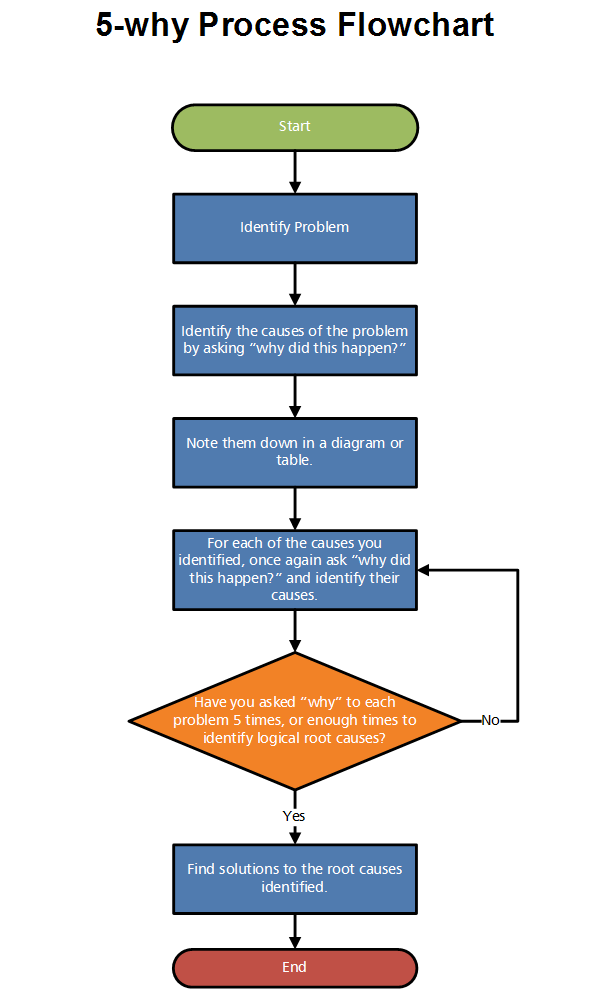
The 5 WHY A Simple Process to Understand any Problem (Root cause
The Who, What, When, Where, Why of a Story One of the best practices for writers is to follow "The 5Ws" guideline, by investigating the Who, What, Where, When and Why of a story. If you can't identify what makes your story unique and interesting, chances are nobody else will either. Who is driving the story? Who is it about? Who is affected?

5 Whys Template Powerpoint
Five Ws. The Five Ws (sometimes referred to as Five Ws and How, 5W1H, or Six Ws) [1] are questions whose answers are considered basic in information gathering or problem solving. They are often mentioned in journalism ( cf. news style ), research, and police investigations. [2] According to the principle of the Five Ws, a report can only be.
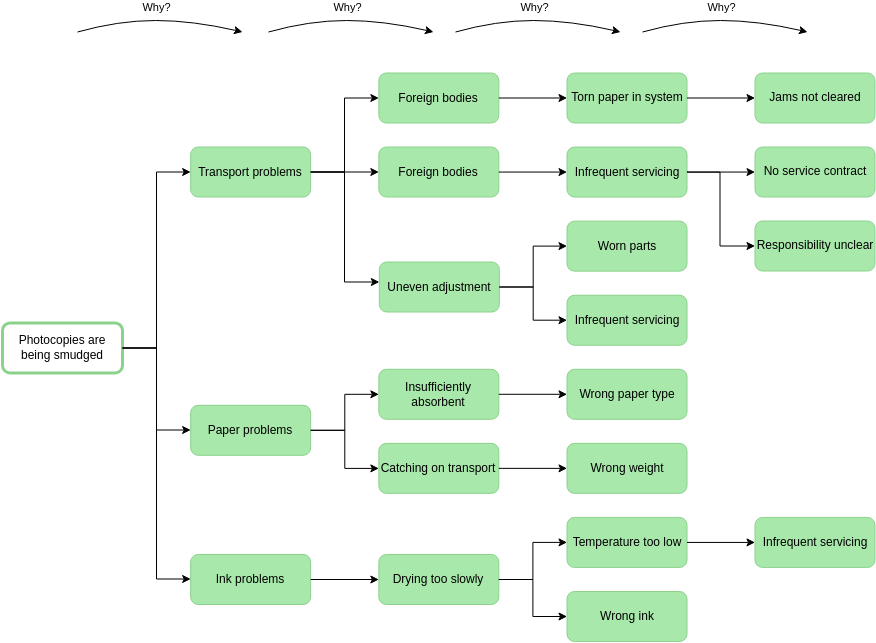
Online WhyWhy Diagram Template
Five W s and How: Who, What, Why, When, Where, How www.studenthandouts.com > ELA: English Language Arts > ELA: Reflective Writing Click here to print this worksheet.
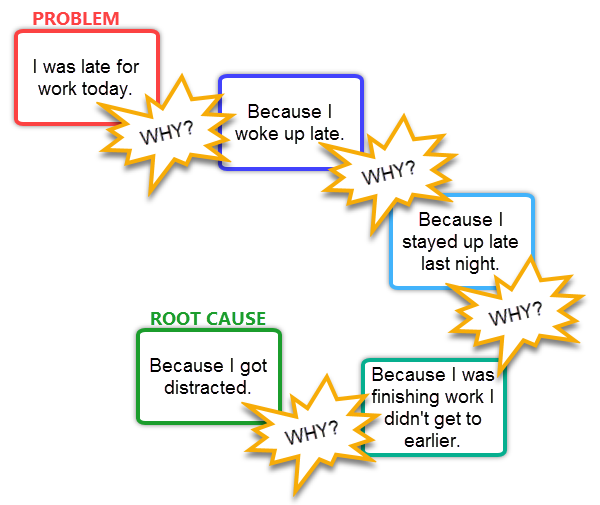
whychart PEP Estimating Solutions
The Five Ws, Five Ws and one H, or the Six Ws are questions whose answers are considered basic in information-gathering. They include Who, What, When Where, and Why. The 5 Ws are often mentioned in journalism (cf. news style ), research, and police investigations . They constitute a formula for getting the complete story on a subject.

5 Whys The Ultimate Root Cause Analysis Tool Porn Sex Picture
Five W's diagrams are a type of graphic organizer that let the student think about and list the " W ho, W hen, W here, W hat, and W hy" of a story or event in a simple visual way. The why variable can be interpreted in many different ways, including why the event happened or why the event was important,

Who, What, When, Where, Why, How (5W+H) Classroom writing, Anchor
The 5 W's is a technique used to gather information about a topic for writing, research, projects, journalism, police investigations, etc. The 5 W's include who, what, when, where, and why and together they present a formula for understanding the full story on a subject. Sometimes a sixth question "how?" is added to the formula to.
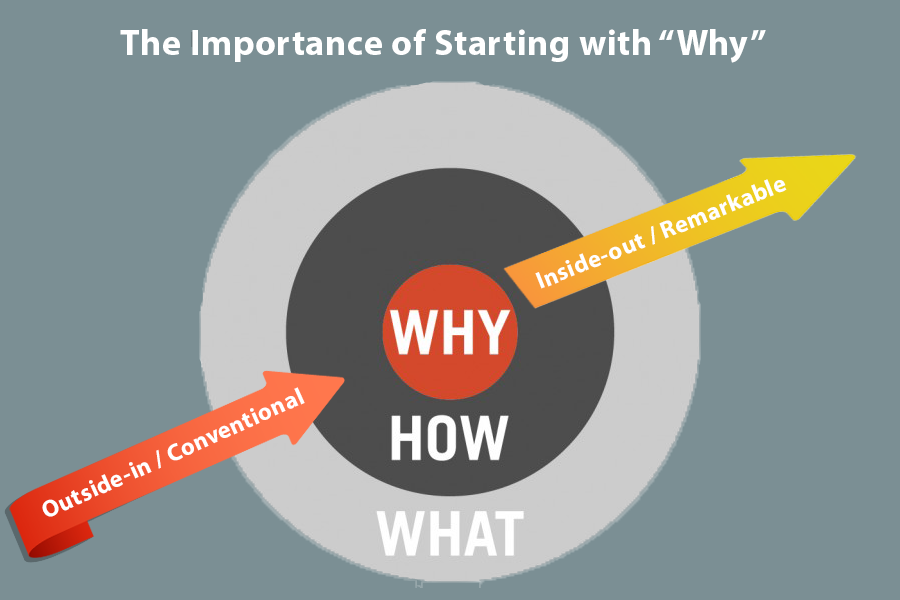
Business Book Review 'Start with Why How great leaders inspire
The Who What Chart Purpose: The Who What chart displays a visual step-by-step process for students to form brief summaries. Directions: After reading a passage, chapter, or book, students utilize the chart like a reporter. They ask who, what, where, when, why questions to identify the most impor-tant information in the text.
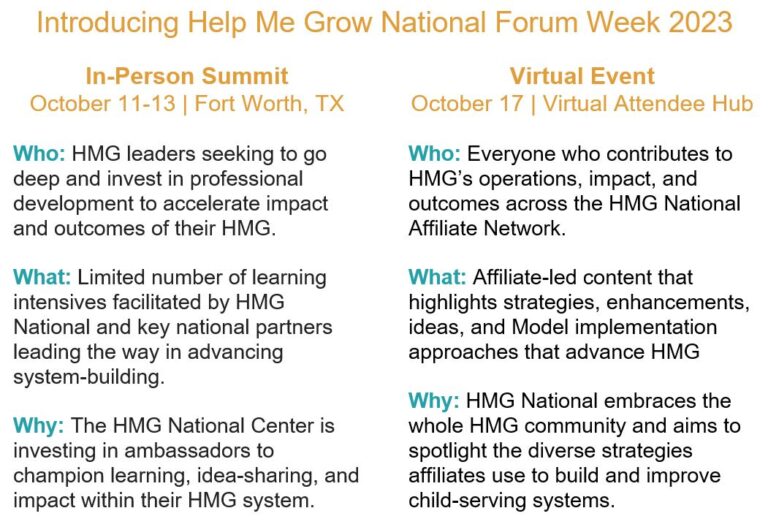
Who What Why chart image Help Me Grow National Center
1. Know in advance what your walk-away point is. 2. Know what it is you and the customer are negotiating over. 3. Have a list of items you're willing to offer up to the customer in exchange for something of equal or greater value. 4. Know what the key things are the customer is looking for. 5.

Using a 5 W’s Graphic Organizer Chart
A 5 W's chart is a type of graphic organizer that will help students to visualize asking questions that start with who, what, where, when, and why. When students want to gain knowledge on a topic or get a deeper understanding of a story, it's a great tool to gain information. Students can use a 5 W's chart to organize their questions and.
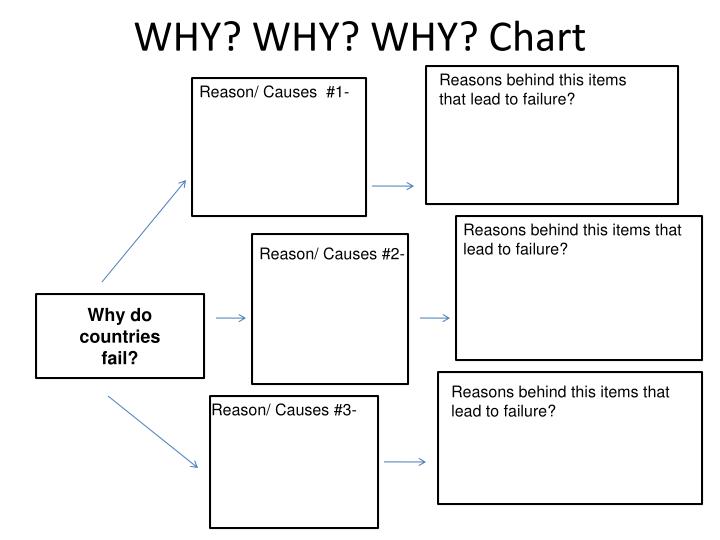
PPT Failed Nations PowerPoint Presentation ID6268539
why how They are also known as the Five W's and an H and reporters' questions . The 5Ws + H formula has been attributed to English rhetorician Thomas Wilson (1524-1581), who introduced the method in his discussion of the "seven circumstances" of medieval rhetoric : Who, what, and where, by what helpe, and by whose,
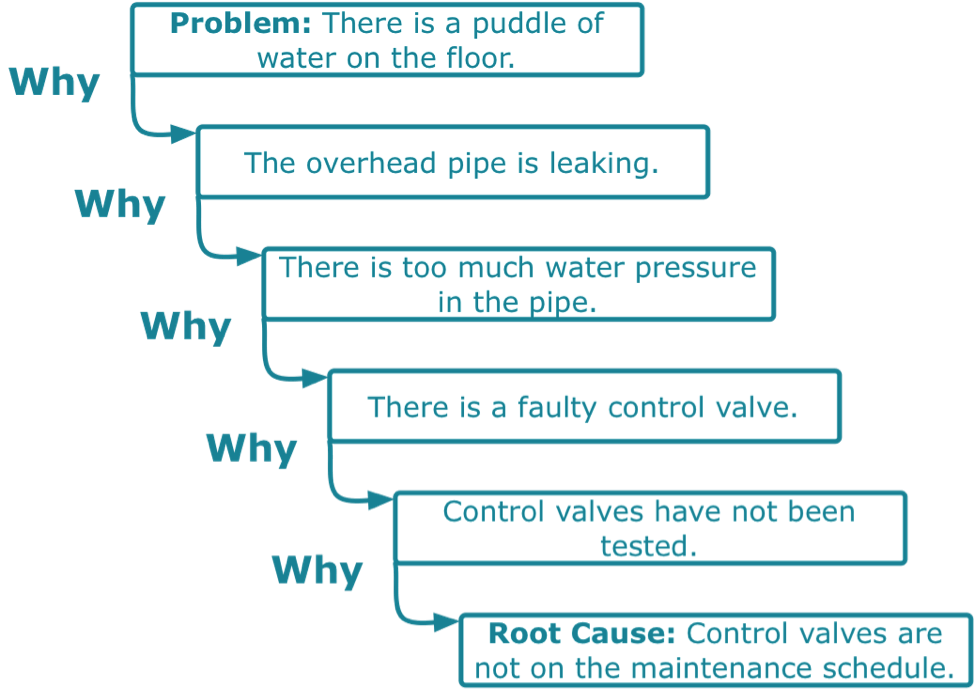
5 Whys Example Wiring Schematic Diagram Images and Photos finder
At 5pm ( When) To get milk. ( Why )) On a correct answer, just tell them they got it right : Yes, she is going to the store to get milk. If they get it wrong, explain the question: Why means a reason. If they miss it again, provide help and the answer: Why means a reason. The Reason is To Get Milk.